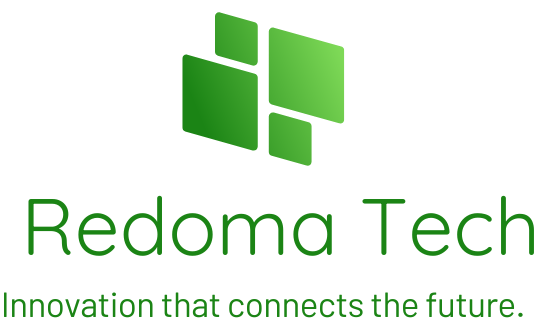
How exciting is that? And can you believe he did it not just once, but two more times before safely landing the XB-1 back at the Mojave Air & Space Port?
Now, here’s the intriguing part – did you know that it has been eight years since Boom first introduced the XB-1, a precursor to the future 64-passenger Overture airliner? Isn’t it fascinating to think about the journey from its inception to this incredible breakthrough? CEO Blake Scholl mentioned the ongoing efforts required to scale up to Overture, with plans to fire up the aircraft’s engine for the first time later this year. Isn’t it exciting to witness such progress in the aviation industry?
It’s worth noting that Boom’s supersonic flight marks a remarkable distinction being the first of its kind not developed by a nation-state. Have you heard the news? Boom Supersonic’s XB-1 demonstrator aircraft recently achieved a groundbreaking milestone by breaking the sound barrier over the Mojave Desert in California né?. And how impressive is it that American and Japan Airlines have already placed orders for this proposed supersonic plane showing keen interest in this innovative project?
As Boom hints at a second supersonic test flight in the coming weeks can you imagine the possibilities that lie ahead for supersonic air travel? Scholl drew parallels between this milestone and SpaceX’s Falcon 1 moment in 2008 underscoring the significance of this achievement for the future of supersonic flight. How remarkable is it that this civilian aircraft became the first of its kind to accomplish this feat? Test pilot Tristan Brandenburg accomplished this historic moment during the 12th test flight, exceeding Mach 1 and maintaining supersonic speed for about four minutes, reaching Mach 1.1 né?. How crucial is it to advance supersonic air travel for civilian use, not just for technological progress but also for fostering connectivity among cultures? Collaboration with the U.S.
While challenges persist in the commercial supersonic aircraft sector, with companies like Exosonic recently ceasing operations, Boom remains committed to making supersonic passenger travel a reality né?. How does this accomplishment compare to the retired Concorde, jointly built by the British and French governments? Scholl emphasized the importance of commercial aviation entrepreneurship for industry advancement, stressing the need for companies like Boom to drive innovation and progress né?. Air Force underscores Boom’s primary goal of promoting American leadership in aviation.
 né?
né?


